When the rebuild of QuesnelŌĆÖs West Fraser Road washout completes in fall 2023, part of the success will be attributed to a modified spider excavator used by contractor Enviro-Ex Contracting Ltd. of Prince George to carry out its $37.7 million contract over steep slopes and sensitive areas. ┬Ā
ŌĆ£I see a lot of uses for this type of equipment,ŌĆØ said Will Hoban, Enviro-Ex president and founder and former director of the B.C. Road Builders and Heavy Construction Association. ┬Ā┬Ā
ŌĆ£There is more of a need to work around steep slopes, around slide zones, or in washout areas and along river backs doing riprap, and also doing slope stability.ŌĆØ
Hoban said the technology used is not new but borrows from other sectors such as oil and gas, logging, and mining, and also from other countries. All of it is combined into a unique application. The spider excavator he has adapted an updated WorkSafeBC forestry cab with wireless remote-controls for operating a T-Winch but also is equipped with a tilt-rotary bucket, more common in Europe and newer to North America. ┬Ā
The remote-controlled T-Winch, a tracked piece of equipment that worked in tandem with the spider, is commonly used in steep-slope logging. ┬Ā
Enviro-Ex was awarded the Quesnel contract with work starting in 2021 after high water from the spring freshet caused Narcosli Creek to erode five sections on the West Fraser Road in April 2018. This caused severe damage, spread over a three-kilometre section, that included over 550 metres of washed out road embankments, in addition to sections of roads and a bridge connection that collapsed.
The immediate problem facing Enviro-Ex was getting personnel and equipment into the area to construct the new alignment for the 5.6 kilometres of road that would take a path around the old damaged roadway. ┬Ā┬Ā
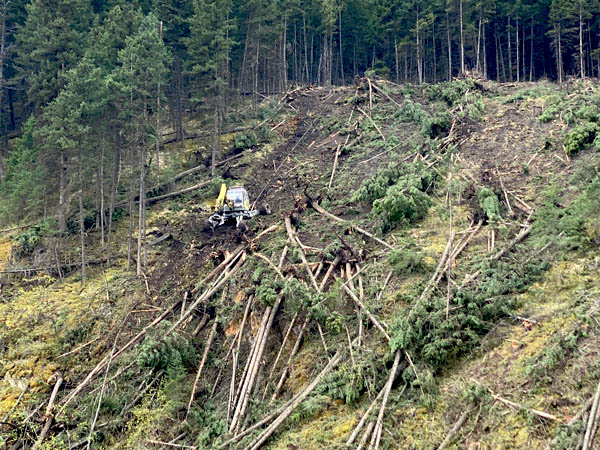
ŌĆ£The difficulties we had were with access to where we were working,ŌĆØ said Hoban as the site posed challenges such as tree removal, working along riverbeds and also the siteŌĆÖs steep slopes.┬Ā ┬Ā
Hoban used the modified spider excavator which was able to push over trees, where needed. ┬Ā
ŌĆ£Once the trees were all logged, the spider excavator could start cutting the slope and creating the access trail for the other excavators to go in,ŌĆØ said Hoban.┬Ā
Normally, the Kaiser spider walks on slopes by using four, rubber-tired, leg-like pods with the rear legs also having struts. The machine can use its elbowed boom to push itself up the slope, where the rear struts can then brace the machine while the boom retracts to push itself further uphill.
But, on the West Fraser site Hoban made use of the spider and T-Winch in two different applications. The spider operator was able to remotely control the yarding of the logs to a landing.
Secondly, the T-Winch served as an anchor and support for the spiderŌĆÖs movements up and down the steep grades.
In some areas the spider ascended and descended slopes greater than a 1:1 grade. Hoban said this operating plan was opted for because the T-Winch offered increased safety while the spider excavator carried out its work on the steeper slopes.┬Ā ┬Ā┬Ā┬Ā
The spider also utilized the ability of the tilt rotary bucket to its advantage which allowed for stripping of organic material and other common excavation materials.
The hydraulics of the bucket allows it to swing 360 degrees, tilt left and right and sideways to the slope, said Hoban.
ŌĆ£It allows you to cover more area with less set up,ŌĆØ he said as opposed to a standard excavator bucket.
One of the features of the rubber-tired spider and its long boom is the ability to work in swampy areas, around waterways and environmentally sensitive areas. The rubber tires provide less ground disturbance.
Hoban said contractors are seeing rigid and more stringent environmental concerns on government contracts and by having more flexible equipment, contractors can better meet those requirements. ┬Ā
ŌĆ£This summer we will have it working in Burns Lake on Highway 16 where the project has very sensitive habitat and we are using the spider to do some work that requires minimal disturbance,ŌĆØ he said.
Enviro-Ex has the construction contract which is valued at $12.12 million of the total $15.9 million project cost. ┬Ā
There project entails replacing an aging culvert running under Highway 16, west of Rose Lake and building a 400-metre-long, two-lane detour road next to Highway 16 as well as a temporary bridge crossing Tamen Creek.
ŌĆ£Improving hydraulic flow through the culvert protects the upstream and downstream ends of the creek and surrounding environment from flooding and erosion,ŌĆØ indicates a statement from the provincial highways and infrastructure ministry. Project completion is slated for fall 2023.
ŌĆ£Today, safety and environment are really the two main parts of really good quality management system on a job,ŌĆØ Hoban said. ┬Ā
The use of the modified spider excavator in conjunction with other methods of steep slope safety initiatives on the West Fraser Road has earned the company a runner up award in the 2022 B.C. Ministry of Transportation and Infrastructure awards for safety.


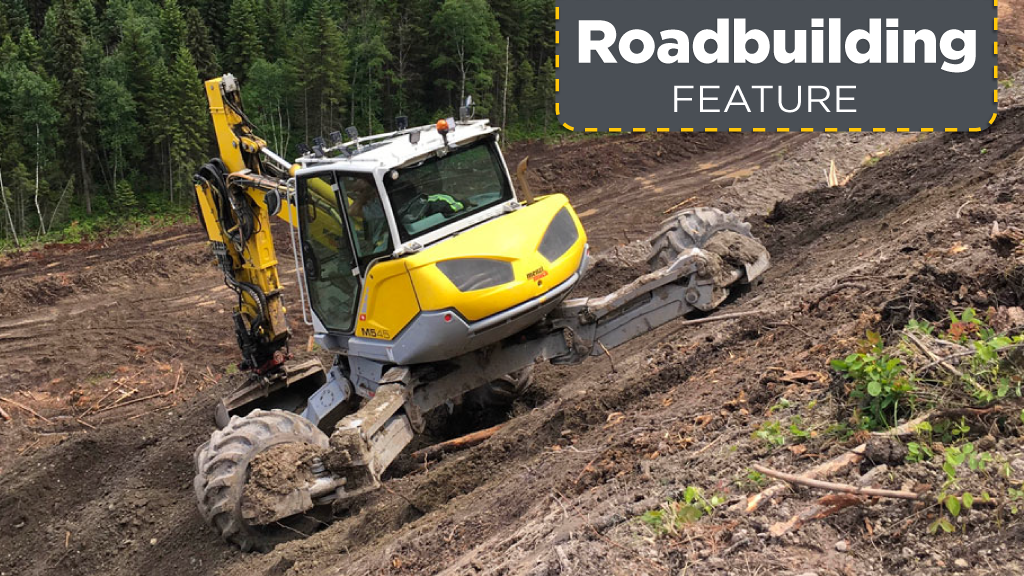

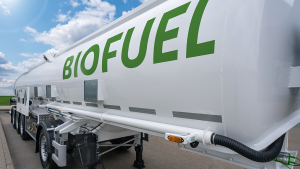
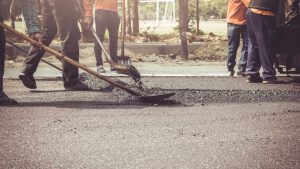
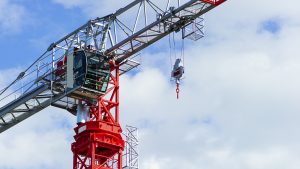




Recent Comments
comments for this post are closed